IN A LECTURE DELIVERED to the International Health Exhibition at the South Kensington Museum, London in 1884, William Morris gives a detailed history on textiles – weaving, tapestry and dyeing – and the textile industry. His talk traces the lineage of textile craft, spanning Classical Greek decoration, Byzantine ornament, Medieval textiles, Italian silk of the fourteenth century, to Morris’ contemporary time of the late nineteenth century. Morris, a textile designer himself, as well as a poet and essayist, was prominent spokesperson of the arts and crafts movement which occurred in the United Kingdom and spread to Europe and North America from 1880 to 1910. Morris argued for the unification of design and production processes in making decorative items, reacting against the state of the textile and design industry which had, at the time, become a severely mechanised process, no longer made by hand.
An excerpt of the lecture by Morris is paired with the graphite drawings by artist Robert Otto Epstein. Epstein’s works are realised through a process of drawing on to hand gridded paper and marked square, filling in the pattern with a pencil, square by square.
***
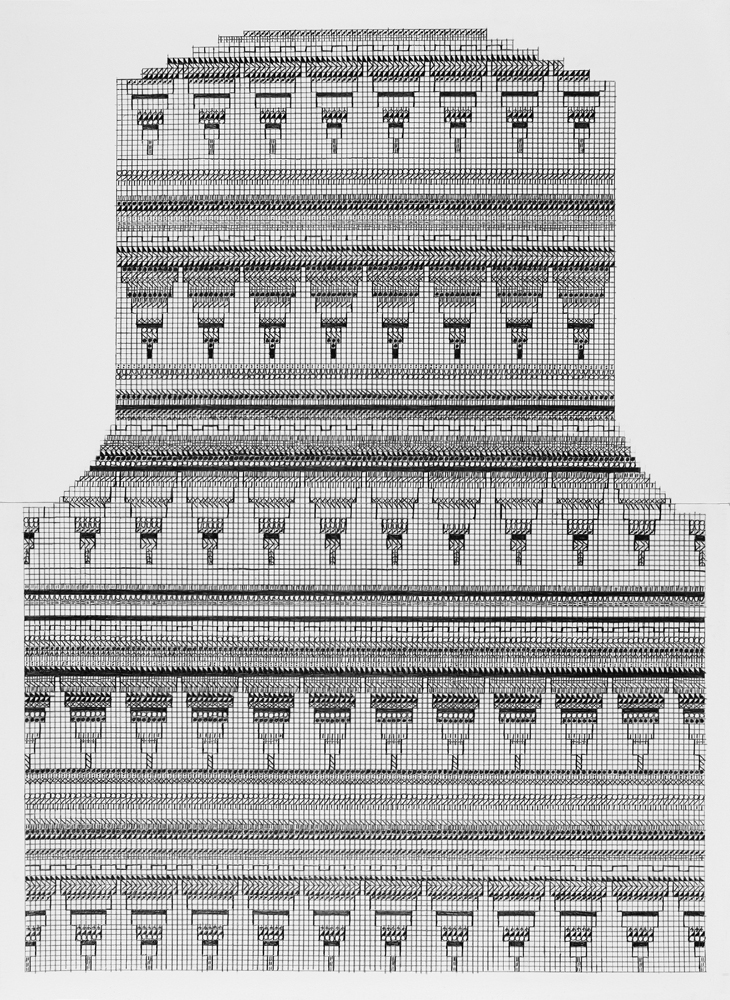
The subject I have to speak on is a sufficiently wide one, and I can do little more than hint at points of interest in it for your further thought and consideration; all the more as I think I shall be right in supposing that, except for anyone actually engaged in the manufacture of textiles who may be present, you, in common with most educated people at the present day, have very little idea as to how a piece of cloth is made, and not much as to the characteristic differences between the manufactures of diverse periods. However, one limitation to my subject I will at once state: I am going to treat it as an artist and archaeologist, not as a manufacturer, as we call it; that is, I shall be considering the wares in question from the point of view of their usefulness (using the work in its widest sense) to the consumer, and not as marketable articles, as subject-matter for exchange. I must assume that the goods I am speaking of were made primarily for use, and only secondarily for sale; that, you see, will limit me to a historical discourse on textile fabrics, since at present those wares, like all other wares of civilized countries, are made primarily for sale, and only secondarily for use.
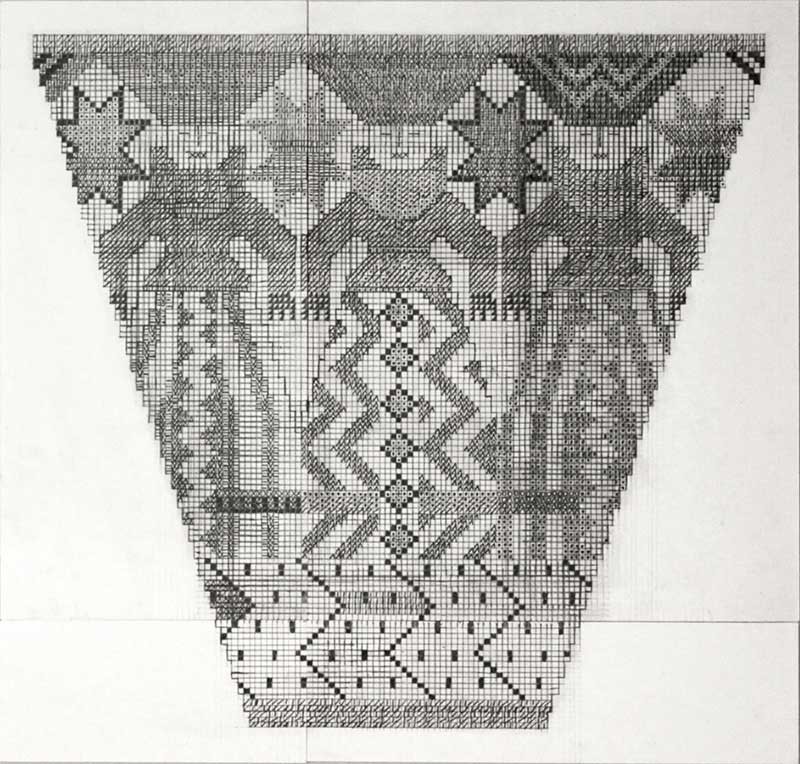
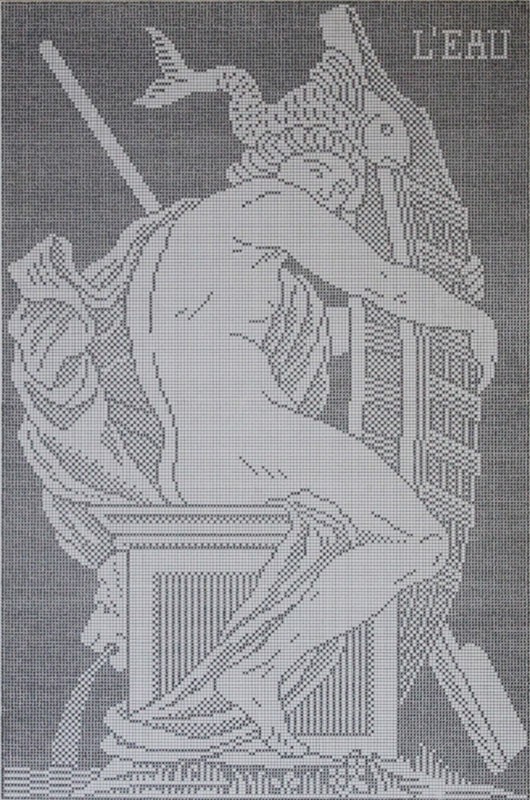
As to the kinds of weaving: first there is plain weaving in its simplest form, where the weft crosses the warp regularly and alternately. Of that I need say no more, because I have to speak mostly of the characteristic ornament of the different periods, and this plain weaving is not susceptible of ornament, woven ornament I mean. To obtain that the weft must cross the warp at regular intervals, but not alternately; on the surface either warp or weft must predominate to make a pattern.
Sometimes, as a subdivision of this common figure-weaving, the warp comes chiefly to the surface, which makes a satin; and also sometimes these warp threads are caught up over wires with a sharp edge, which are pulled out as the work goes on, leaving a surface with a raised pile, that is velvet. In the next kind of weaving the weft crosses the warp alternately indeed, as in plain unpatterned weaving, but instead of being carried in one stroke all across the web, ends or returns wherever the colour changes, so forming a kind of mosaic of coloured patches; this is tapestry, using the word in its narrowest sense. As a detail of this work I ought to mention that in tapestry-weaving the weft is put in so loosely, driven home so carefully, that the warp is entirely hidden by the weft. That work may be considered as a sub-division of this kind of weaving, where thrums of wool, hair, or silk are knotted into a plain canvas as the work proceeds, so as to form a pile with their cut ends; this is carpet-weaving. Lastly comes a kind of ornamental web, in which the ornament is not produced by weaving, but by painting by hand or printing combined in various ways with dyeing in the piece; we call these printed goods chintzes and so on. Needle-worked embroidery is another way of ornamenting a cloth; but I shall not deal with this form of ornamented cloth.
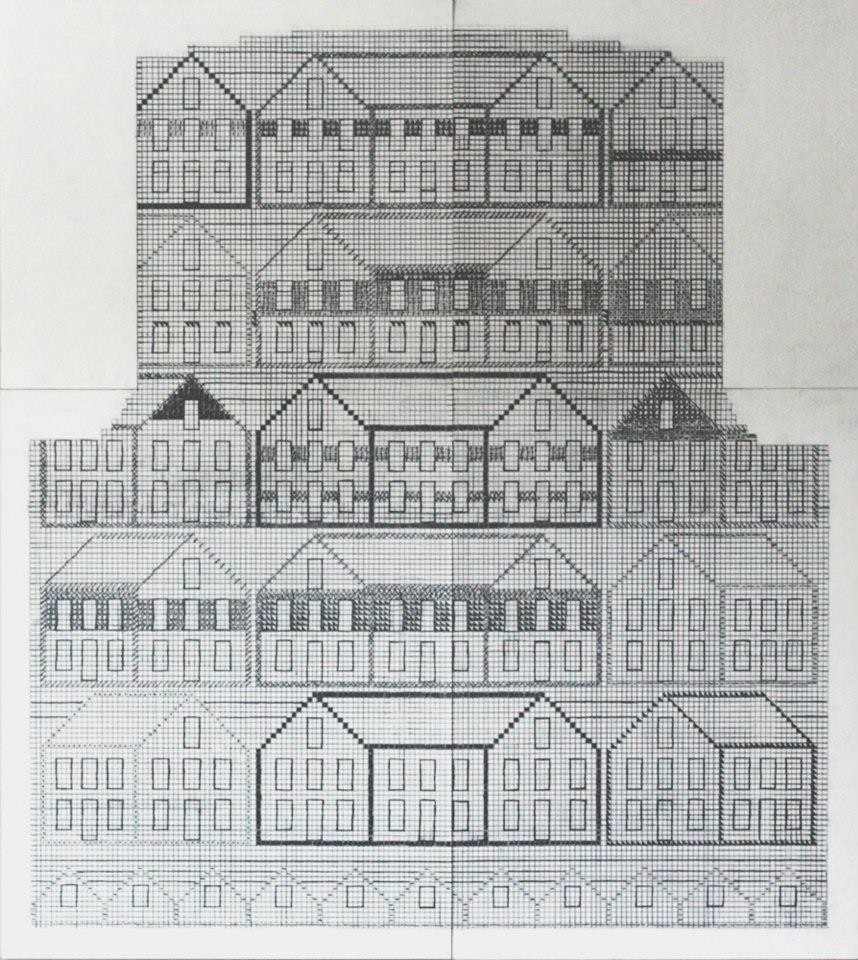
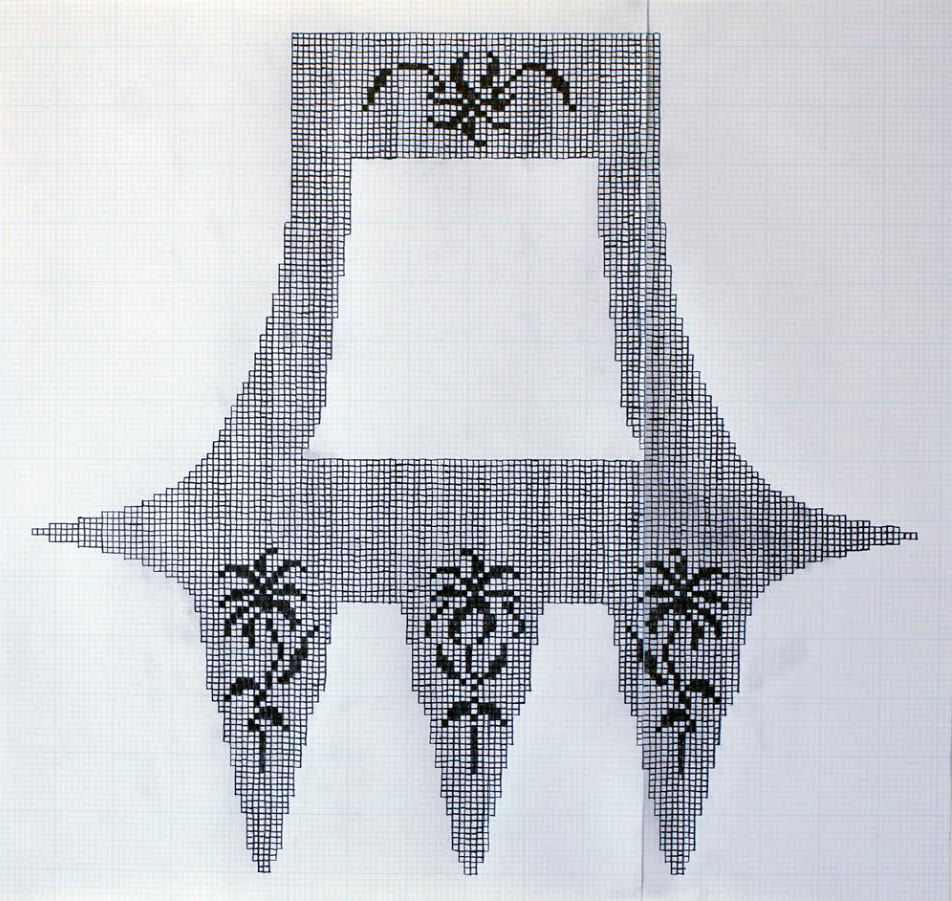
Let us consider briefly the practical history of these three arts; and first the mechanical or common weaving. With wares so perishable as woven cloth, it is not wonderful that we have little read record of the stuffs of antiquity; because the descriptions of the poets and writers of the time cannot be depended on for accuracy, as they of course assumed a general knowledge in their audience of the articles described. The vase-painting and sculpture of the central Greek period give us at all events some idea of the quality of the stuffs worn at the period, and in so doing fully confirm the beautiful and simple description of the fine garment in the Odyssey, which is likened to the inner skin of an onion: a figure of speech which, taken with the representations of delicate cloth in the figure-work of the time of Pericles, and earlier and later, gives one an idea of something like those mixed fabrics of silk and cotton which are still made in Greece and Anatolia. Only you must remember that the early classical peoples at least did not know of either silk or cotton, so that flax was probably the material of these fine garments; and we know by the evidence of the Egyptian tombs that linen was woven there of the utmost delicacy and fineness. I don’t suppose we need doubt that mechanical pattern-weaving was practised by the Greeks in their earlier and palmy days, but only, I fancy, for the simpler kinds of patterns in piece goods, diapers, and so forth. I conclude the running borders to have been needle-work, or maybe dye-painting. We have a few representations of looms to help us in looking into this matter, which however do not prove much; they are all vertical, and at first sight look nearly like the looms used throughout the Middle Ages, and to-day at the Gobelins, for tapestry-weaving. In one which is figured on a tomb at Beni Hassan in Egypt, the details of an ordinary high-warp tapestry loom are all given accurately; but the weavers seem to be weaving nothing but plain cloth; in this loom the cloth is being worked downwards, as in the ordinary tapestry loom. In another representation, taken from a Greek vase of about 400 B.C., Penelope is seated before her famous web, which is being worked in an upright loom; there is only one beam to it, the cloth-beam, and the work is woven upward; the warps are kept at the stretch at the bottom by weights looking too small to be effective; the web is figured, [it] has a border of the ordinary subsidiary patterns of classical art, and a stripe of monsters and winged human figures. It seems to have been concluded that this represents actual tapestry-weaving, but too hastily perhaps, as the high-warp loom only means a certain amount of inconvenience in forgoing the mechanical advantages of the spring-staves worked by treadles. Also this Greek loom of 400 B.C. is in all respects like the looms in use in Iceland and the Faroes within the last sixty years for weaving ordinary cloth, plain or chequered.
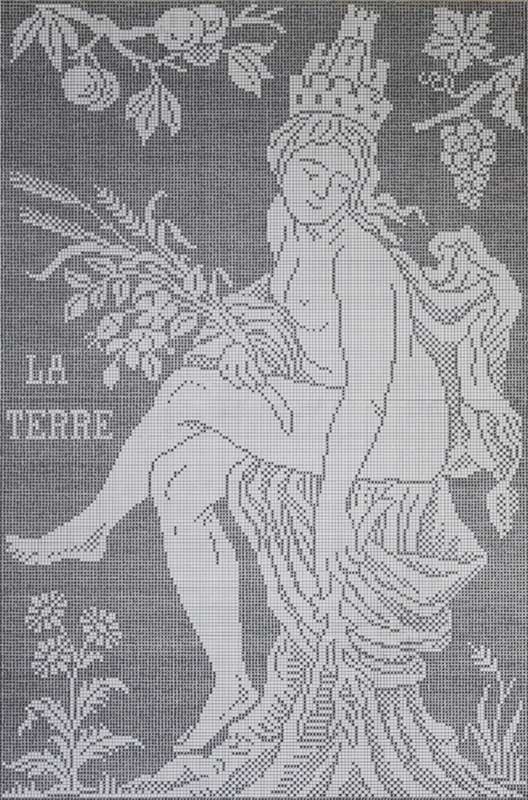
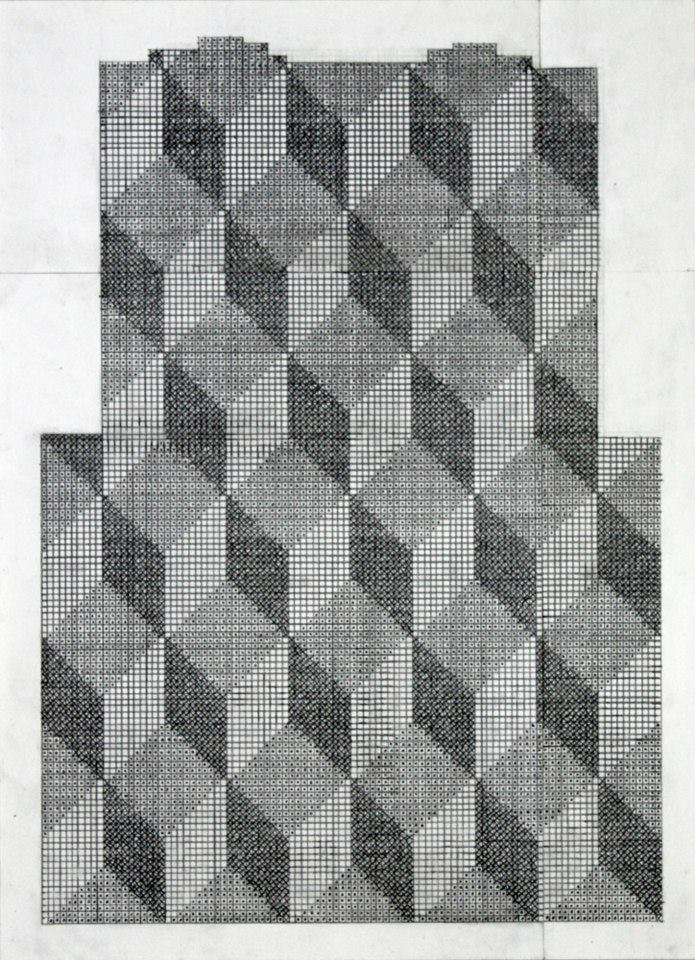
However, it is now time for us to leave this somewhat barren desert of vague poetical descriptions, hasty and generalized drawings on vases or tombs, and very rare scraps of the woven good themselves, and march into the more fruitful country of the early Middle Ages, which give us quite direct evidence of the arts of weaving of the days of the Byzantine Empire. Now you must remember that whatever share the city of New Rome took in actually producing works of the industrial arts under her emperors, she was at least the foster-mother of those arts for all medieval Europe, and from her came that influence which brought about the new art of Europe, whose origins are obscure enough till they meet and are fused at Constantinople into a style which for centuries after was world-wide; this was natural enough. Looked upon as an European city, Byzantium was for long the only great city of Europe that was really alive and dominant in peace and war; as a mistress of an enemy she dealt with all the great birth-countries of art and letters, nay, of human life. India, Mesopotamia, Syria, Persia, Asia Minor, Egypt; the ideas and arts of all these countries touched her, and mingled with the remains of the older art of Greece, from which the academicism of the long Romano-Greek period had not crushed all the life, sorely as it had weighed upon it. Byzantium then, the Byzantium of Justinian and onwards, we must look upon as the capital of the industrial arts, from the sixth to the thirteenth century, and in none of them was her influence more obvious than in that of weaving. One event alone which took place there revolutionized this art in Europe, the introduction of the silkworm in the sixth century; which event has also made it more possible to judge of what was done in early times, because the material having the advantage of not being liable to be moth-eaten, some specimens of early date have been left to us.

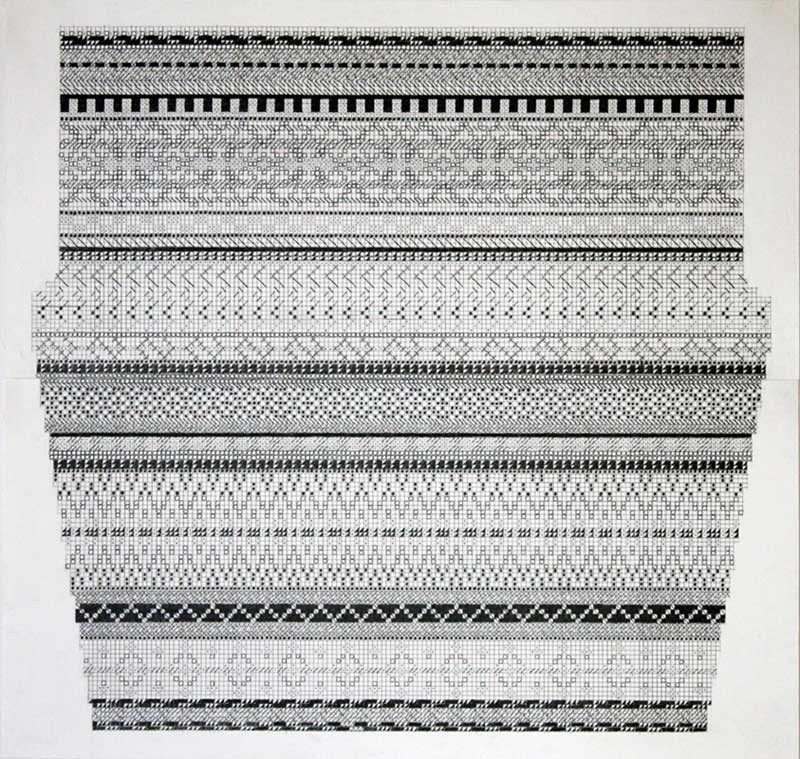
The fifteenth century brings us to Florence and Venice, where the splendid cloths were wrought which were used so profusely in the magnificent stateliness of the later Middle Ages. This is a part of the subject that wants treating clinically, so to say; that is, we should be alongside some of the fine specimens in the best museums in order to make you understand it properly. Nothing can exceed the splendour of some of these Florentine and Venetian webs, whose speciality was a particular kind of rich velvet and gold, often with one pile raised on the top of another. In these cloths the vellum-twisted gold gives place to gold thread as we know it, but gilded so thickly that it is not uncommon to find specimens where the gold is very little, it at all, tarnished.
Rich and splendid as these cloths are, they have, to a certain extent, lost some of the imaginative interest of the earlier designs; it would not be true to say that they depend on their material for the pleasure they give, because in these great patterns, founded on vegetation of the thistle and artichoke kind, there is a vigour and freedom that is most delightful and captivating; but they are more architectural and less picture-like than the Sicilian stuffs; the strange monsters, the fairy woods and island shores, the damsel-peopled castles, palm-trees and shells, the lions drinking at the woodland fountain, hawk, swan, mallard, and dove, the swallow and his nestlings, and the hot sun breaking through the clouds – all these wonders and many another have given place to skilfully and beautifully arranged leaves and tendrils. As we shall see, later on, picture-weaving had reached its height by this time, and there was something of a division of labour between the two kinds of weaving-design; at the same time the design was absolutely pure and suitable to its purpose; no atom of corruption had crept in.

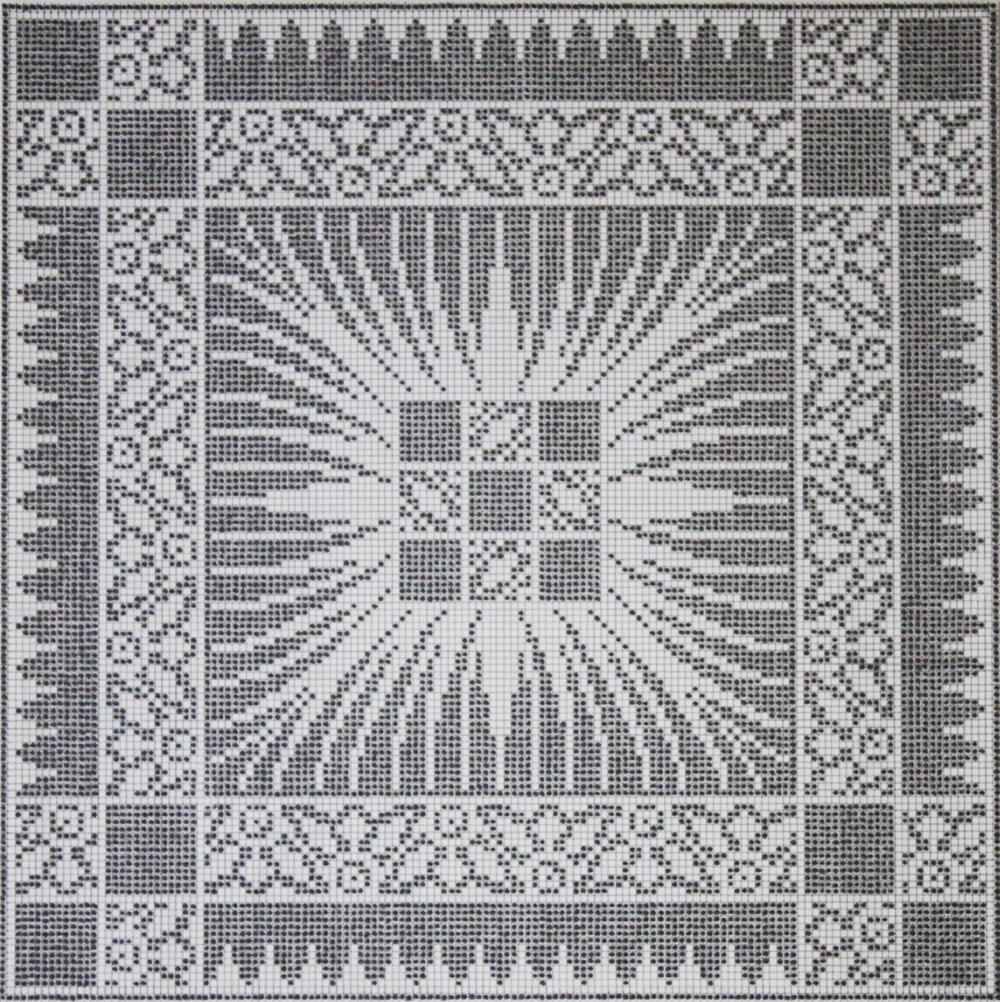
In the times of the degradation of the art, with the history of which I have not thought it worth while to trouble you, people by exaggerating this fault fell into another which seems at first sight almost the opposite one; they gradually forgot that the material had anything to do with the design at all, in fact they often spent time and pains to make, for instance, woven silk look like printed paper and so forth. Moreover in the fine time of art what the designer thought of was always in some way to appeal to the imagination; in other words, to tell some story, however imperfectly; he had not time, therefore, for the petty ingenuities of the later days, he was determined to let us know what he had in his mind, and he, unconsciously maybe, well understood that he was to use fair colour and beautiful form in the simplest and most direct way in order to carry out his purpose. So treated, the design of even a scrap of cloth becomes elevated by human intelligence, and has in its humble way distinct intellectual value; it becomes a thing which no intelligent unprejudiced man has any right to pass by with contempt, as a piece of mere frivolity; and I must say point blank, that unless we can elevate our design into this region of fancy and imagination, we were better to have no ornament at all; for to my mind as a mere commercial necessity, a bit of trade finish, it is unspeakably contemptible. You may easily imagine that I have not time to give you any hints as to the way of elevating our ornament on wares, nor perhaps would this be quite the best place in which to treat the subject, which it seems to me if properly treated would lead us into very serious matters indeed.
One hint, however, I should like to give you; I am myself an ornamentalist, a maker of would-be pretty things. Yet I will not try to press on you the fact that there is nothing like leather; rather, I would say, be cautious of over-ornamenting your houses and your lives with cheap unenduring prettiness; have as few things as you can, for you may be sure that simplicity is the foundation of all worthy art; be sure that whatever ornament you have is proper and reasonable for the sort of life you want to lead, and don’t be led by the nose by fashion into having things you don’t want. In looking forward towards any utopia of the arts, I do not conceive to myself of there being a very great quantity of art of any kind, certainly not of ornament, apart from the purely intellectual arts; and even those must not swallow up too much of life. As to ornamental art (so called), I can, under our present conditions, looking forward from out of the farrago of rubbish with which we are now surrounded, chiefly see possible negative virtues in the externals of our household goods; can see them never shabby, pretentious, or ungenerous, natural and reasonable always; beautiful also, but more because they are natural and reasonable than because we have set about to make them beautiful. We need not think that this will be an easy matter to bring about, but when it is brought about, I do believe that some sort of genuine art and ornament will accompany it, it may be in rather a Spartan way at first; from that time onward we shall have art enough, and shall have become so decent and reasonable, that every household will have become a quiet, daily, unadvertised Health Exhibition.
‘Textile Fabrics’ was delivered by William Morris on July 11, 1884 at the International Health Exhibition at the South Kensington Museum, London, and published that year as a pamphlet Textile Fabrics: A Lecture Delivered in the Lecture Room of the Exhibition, London: William Clowes, full text available here.
Robert Otto Epstein is an artist based in New Jersey, USA, his drawings and paintings explore pattern and repetition.